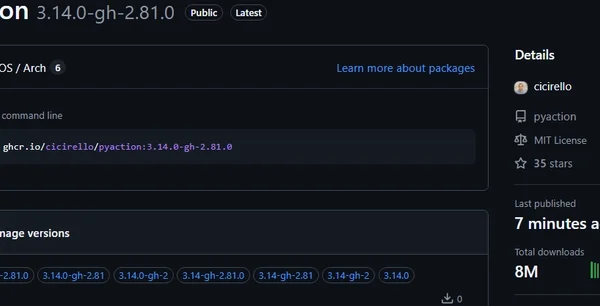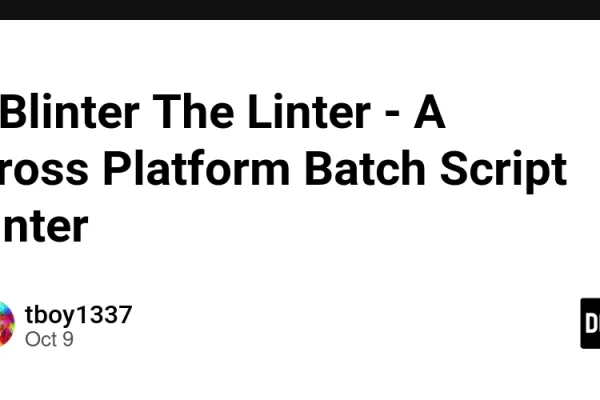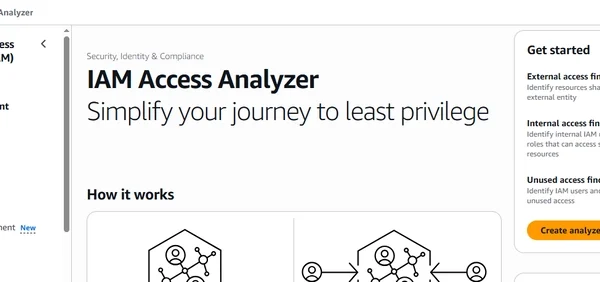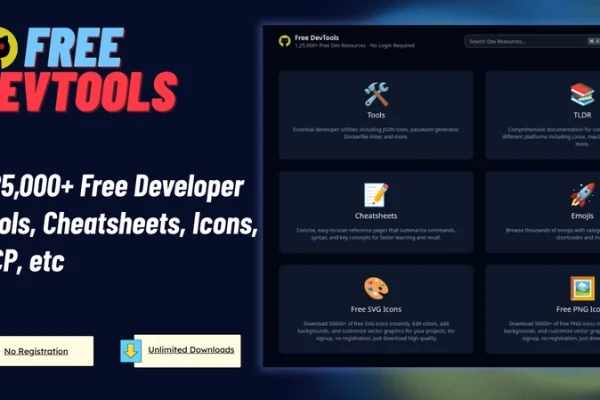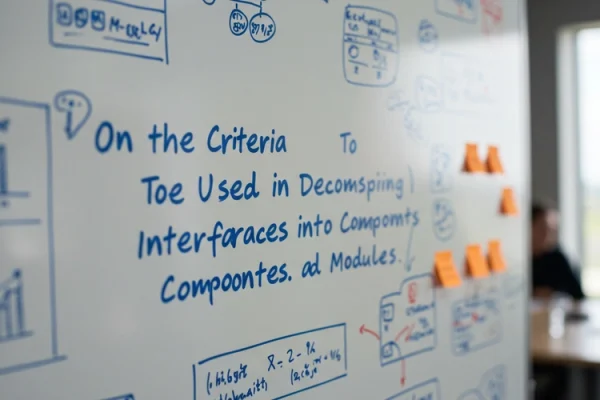
On the Criteria To Be Used in Decomposing Interfaces into Components and Modules
–> Portuguese version Starting Point In a 2D interface, everything you see exists within a hierarchy. Each level contains the next, like nested boxes. Level 0: Window — The Observer What it is: The browser viewport. Your screen’s viewing frame. Critical distinction: Window is not part of the interface structure. Window is the medium through…

